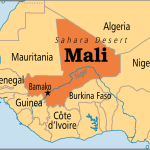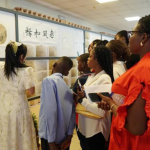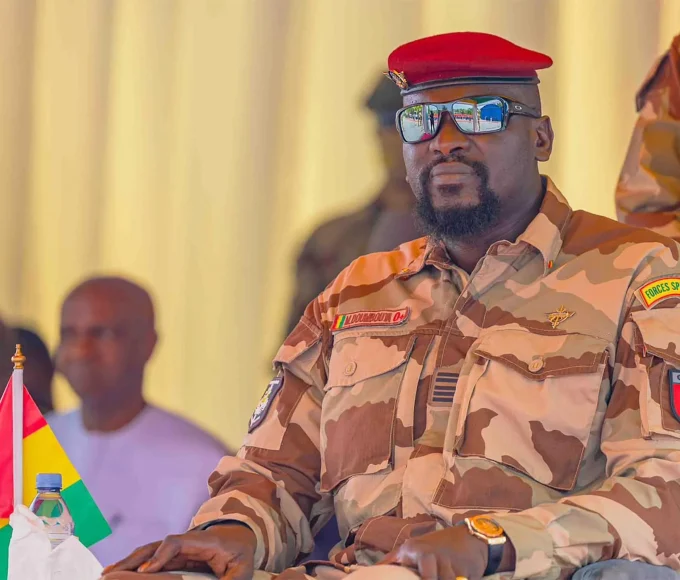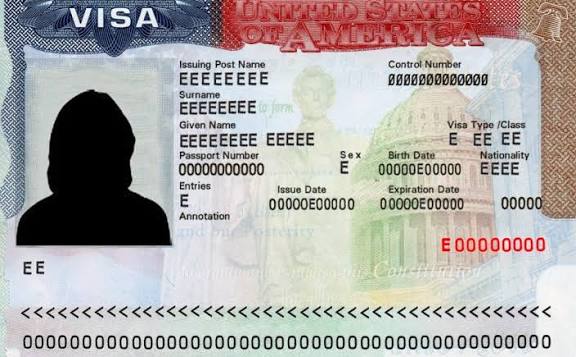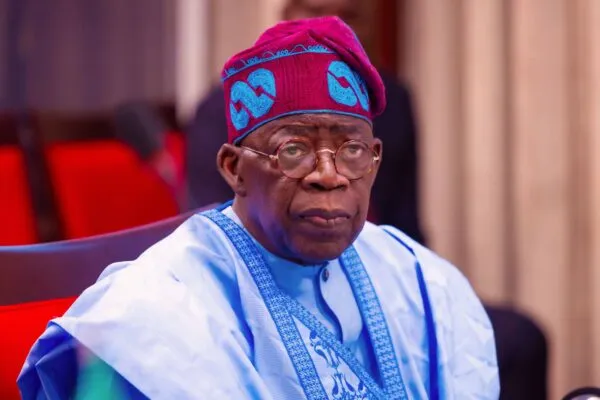
Venice Biennale 2024: Diverse Themes Explored by 13 African Nations
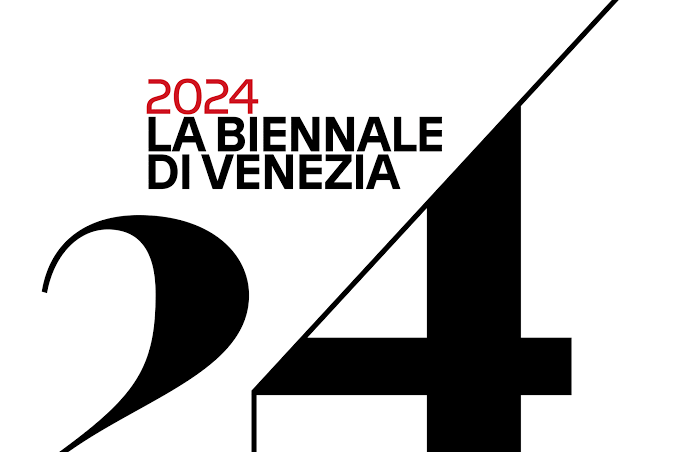
This year’s Venice Biennale showcased a remarkable increase in participation from the African continent. A total of 13 countries presented, up from nine last year. Notably, Benin, Senegal, Tanzania, and Ethiopia made their debut appearances.
However, Morocco’s pavilion was cancelled due to controversy with the Ministry of Culture, resulting in its withdrawal.
Let’s delve into the diverse themes and artists representing each country:
• Egypt
Curated by Wael Shawky, Egypt’s pavilion explored the fictional past through the lens of the Urabi Revolution, presenting the film “Dramma 1882.”
• South Africa
Under the theme “Quiet Ground,” South Africa’s pavilion, directed by the Institute of Creative Repair, focused on individual and communal reparations, featuring the works of Molemo Moiloa and Nare Mokgotho.
• Senegal
Making its debut, Senegal’s pavilion, curated by Mariéme Ba and Massamba Mbaye, presented the theme “Bokk-Limites.” It featured the works of Alioune Diagne and explored various socio-cultural concerns.
• Nigeria
Curated by Aindrea Emelife, Nigeria’s pavilion, titled “Nigeria Imaginary,” showcased the works of several artists exploring new visions for the country.
• Benin
Making its first appearance, Benin’s pavilion, curated by Azu Nwagbogu, explored themes of slavery and traditional religious practices through the works of four artists.
• Ivory Coast
Curated by Iila Ginette Donwahi and Simon Njami, the Ivory Coast Pavilion, themed “Blue Note,” presented the works of talented artists reflecting on various aspects of Ivorian culture.
• Uganda
Returning for its second Biennale, Uganda’s pavilion, themed “Wan Acel,” featured works from several artists exploring unity and identity.
• Congo
Co-curated by Michele Gervasuti and James Putnam, Congo’s pavilion, titled “RUMB’ART,” showcased the works of eight artists reflecting on the country’s natural resources and cultural heritage.
• Ethiopia
Making its debut, Ethiopia’s pavilion, curated by Lemn Sisay, explored the theme “Prejudice and Belonging” through the works of rising star Tesfaye Urgessa.
• Seychelles
Returning to the Biennale, Seychelles presented works from prominent local artists without a specific theme, highlighting the country’s burgeoning art scene.
• Zimbabwe
Curated by Fadzai Veronica Muchemwa, Zimbabwe’s pavilion, titled “Undone,” showcased the creativity of its artists across various mediums.
• Tanzania
Making its debut, Tanzania’s pavilion, curated by Enrico Bittoto, explored the relationship between man and nature through the works of veteran artist Lutengano Mwakisopile and others.
• Cameroon
Cameroon’s pavilion focused on a Carbon Net Zero exhibition featuring works from thirteen artists, including local talents and international contributors, aiming to reduce emissions and promote sustainability.
The Venice Biennale continues to serve as a platform for African artists to showcase their talent and contribute to global artistic discourse.
Read: Chinese Cultural Centre in Nigeria organises Chinese Calligraphy Salon
About The Author
Related Articles
Guinea Junta Leader Doumbouya Declared Winner of Presidential Election
Guinea’s military ruler, General Mamady Doumbouya, has been declared the winner of...
ByWest Africa WeeklyDecember 31, 2025Mali and Burkina Faso Impose Reciprocal Travel Curbs on U.S. Citizens
Mali and Burkina Faso have announced reciprocal travel restrictions on citizens of...
ByWest Africa WeeklyDecember 31, 2025The American Airstrike in Nigeria Wasn’t Just About Terrorism — It Exposed That Nigeria Is No Longer a Sovereign Nation
On Christmas Day, a foreign military bombed Nigerian soil, and Nigerians did...
ByWest Africa WeeklyDecember 26, 2025Niger’s Tiani Sets Out “Security First” Doctrine at AES Summit, Signals Complete Break from Old Order
At the AES summit bringing together Burkina Faso, Mali, and Niger, Niger’s...
ByWest Africa WeeklyDecember 23, 2025



